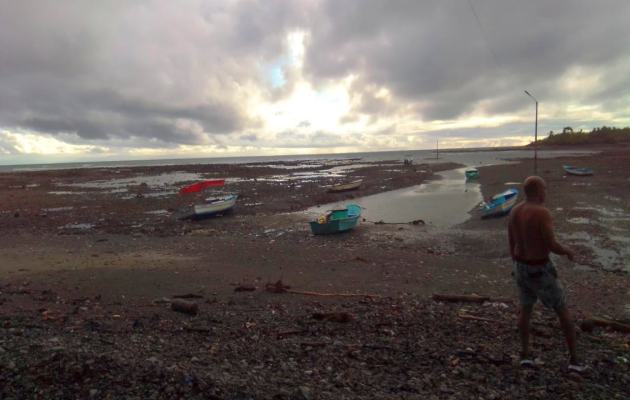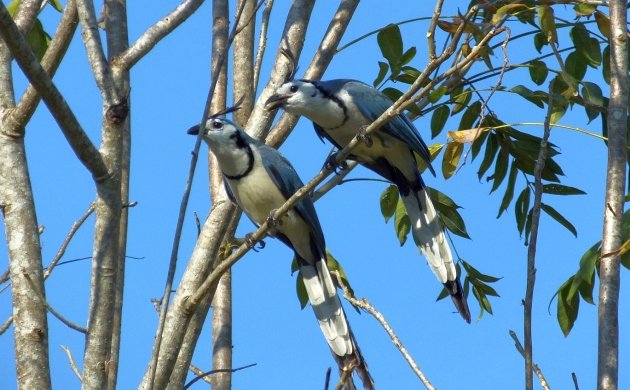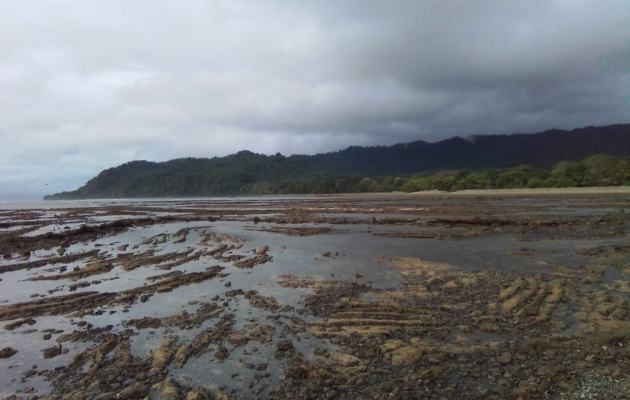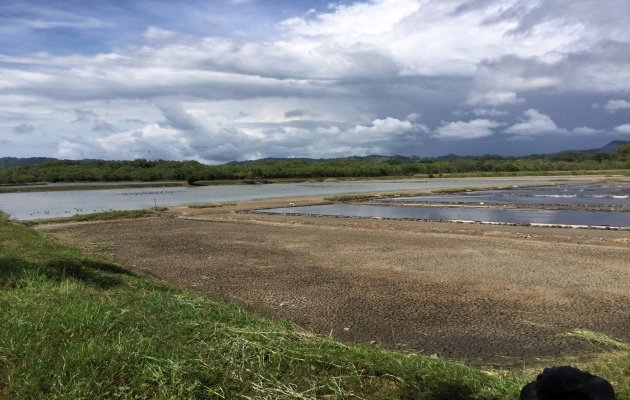
A cancelled trip? How could there be highlights? According to the unwritten ancient rules of birding, whether your pelagic trip gets cancelled or not, as long as you go birding, there will always be highlights. It depends on what a birder wants to see and in Costa Rica, there’s always a lot to choose from.

The trip began with plans made by world birder Pirjo Lakso to see if we could do a repeat of the fantastic pelagic trip we did in April, earlier this year. With some of the same crew, we were ready for shearwaters, flocks of migrating phalaropes, Sabine’s Gulls, and locking eyes onto a lifer Tahiti Petrel.
Alas, our trip to the sea was not to be! The evening before our trip, we received word of high winds and rough waters; seas much too rough for a boat. The Tahiti Petrel would have to wait but we had other highlights, these are some of them:
The Tailless Yellow-billed Cuckoo
While birding the dry forest and open country hotspot of Ceiba, Orotina, we spotted a Yellow-billed Cuckoo perched on a roadside grass stalk. Adding to its odd situation was its lack of a tail. We wondered if it might be taking advantage of some food source in that area to molt. Tailless or not, we were pleased to see this uncommon bird.
Plain Chachalacas
They might be regular in South Texas but not in Costa Rica. To see this small Cracid, we have to get lucky with it in Guanacaste or travel to the southern Nicoya Peninsula. Since our trip was meant to leave from Cabuya, we were in the right place for this fine year bird.
Arctic Tern from Cemetery Island
On the morning of the would be boat trip, we checked for storm blown birds from Cemetery Island, a rocky piece of land that juts into the Pacific. The storm that was churning the waters was clearly visible and hundreds of boobies could be seen in the distance but the birds were still too far off to notice anything different. Even so, terns were moving close enough to shore to see well and one small, “neckless” one became an Arctic! It was a perfect sea watch situation but we couldn’t stay, we had a ferry to catch. I wonder what else flew past that key point on that windy day?

Pelagics from the Ferry
On both ferry trips, we had a few pelagic birds. As is often the case on the Puntarenas-Paquera ferry, the birds weren’t close and we couldn’t chase them but we still saw them. On our way over, we had one Wedge-rumped Storm-Petrel and at least one Black Storm-Petrel along with Black Terns and a few other tern species. On the way back, we got lucky with views of two Pomarine Jaegers. On both trips, a large group of feeding birds tantalized in the distance but they were just too far to see well.
The Western Gull of Puntarenas
For more than a year now, an adult Western Gull has taken up residence at Puntarenas. Sometimes, it is seen on the beach, other times perched on rooftops or even in a nearby swimming pool complex! On our fateful day, this rare vagrant for Costa Rica perched on a nearby ferry for wonderful views.
Another vagrant that has been hanging out in Costa Rica, an individual of this duck species from either Peru or the Galapagos has been living at the shorebird hotspot of Punta Morales for more than a month. We were pleased to make a detour and see it before heading back home.

A trip might be cancelled but birding highlights can still happen, especially in Costa Rica. Hopefully, that pelagic trip will happen on the next attempt. This time, I know we will be checking the weather before we drive to the coast!













Leave a Comment